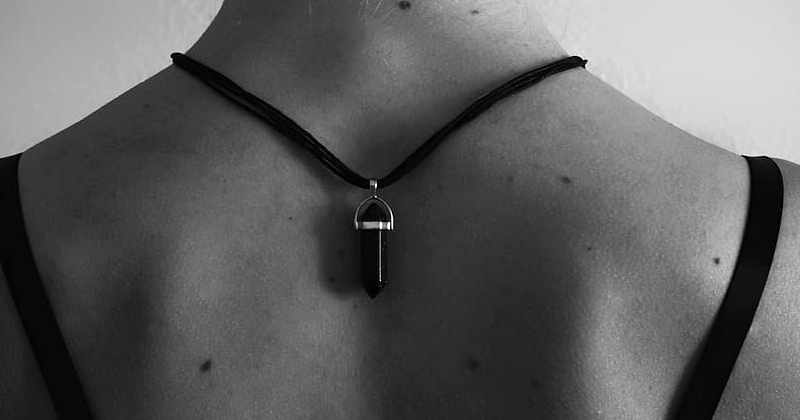Some adorn moles, others find it rather unattractive. At least most spots on the skin are not dangerous. But some of them can be a sign of a bigger disease. That is why the search for the ugly mole is so important. Let’s find out When are moles dangerous and how to find them?

What are Moles?
To put it simply, Moles are a collection of pigment cells. Some cells in our body produce a brown dye called melanin. These cells are called melanocytes. They can be considered a kind of body color workshop. In some places, melanocytes collect and fall into a kind of hibernation or a state of inactivity. This creates moles that are visible on the outer layer of the skin. They can have different shades of color like brown, black-brown, or rather red-brown in some cases. Their shape and size can also be different.
How many moles someone gets is mostly determined genetically among other things. From birth to the age of 50, new ones are added. After 50, the age spots begin to form in a similar way to moles, but more in the upper layers of the skin. Age spots are usually formed due to exposure to sunlight. That is the reason, they often appear in body parts that are exposed to the sun more than others, such as the back of the hand or face.
Suggested Read: Is Sleeping over Belly Unhealthy and Dangerous?
How to Recognize a Cancerous Mole?
Both moles and age spots are generally benign. But they can change and become something dangerous called melanomas. It is the dreaded black skin cancer. However, the majority of melanomas do not arise from benign liver spots, but on previously unaffected skin. People with fair skin type along with more than 50 liver spots and people who had severe, blistering sunburns as children are particularly at risk. They should keep an eye on their spots and other changes on the skin.

There is the ABCDE rule for observation and inspection that can be used to determine if the mole is dangerous. Moles can be a melanoma if they
(A) are Asymmetrical – One half of the mole is different from another
(B) have irregular Border – which means that they are notched
(C) are multi-Colored – If the moles have changed color or the same mole has multiple colors.
(D) have a Diameter of more than 0.5 centimeters
(E) are Evolving – check if the mole is growing, itching, bleeding, or have changed shape recently.
Anyone who discovers a stain with one of these characteristics should show it to a dermatologist.
Everyone should consider conducting a thorough skin cancer screening. People aged 35 and over are more prone to moles or even melanoma and must visit a dermatologist for a full-body search. It is a precautionary step to find the cancerous mole at an early stage. The good news is that if melanomas are detected early, there is a high probability that the patient will be cured after the tumor has been completely cut out because the tumor has not yet had time to spread.
Follow the ABCDE procedure to find the mole-like a spy. And if you find one, immediately visit a doctor or a dermatologist.
Suggested Read: Home Remedies for Skin Allergies
*The information does not replace professional advice or treatment by trained and recognized doctors.


